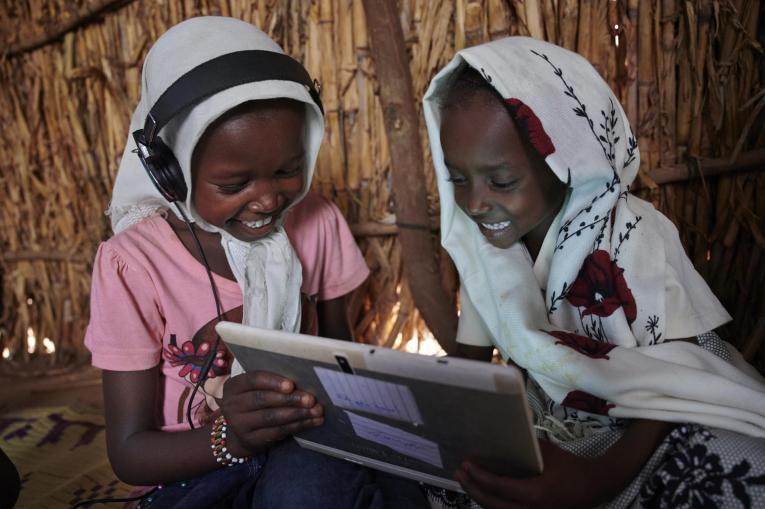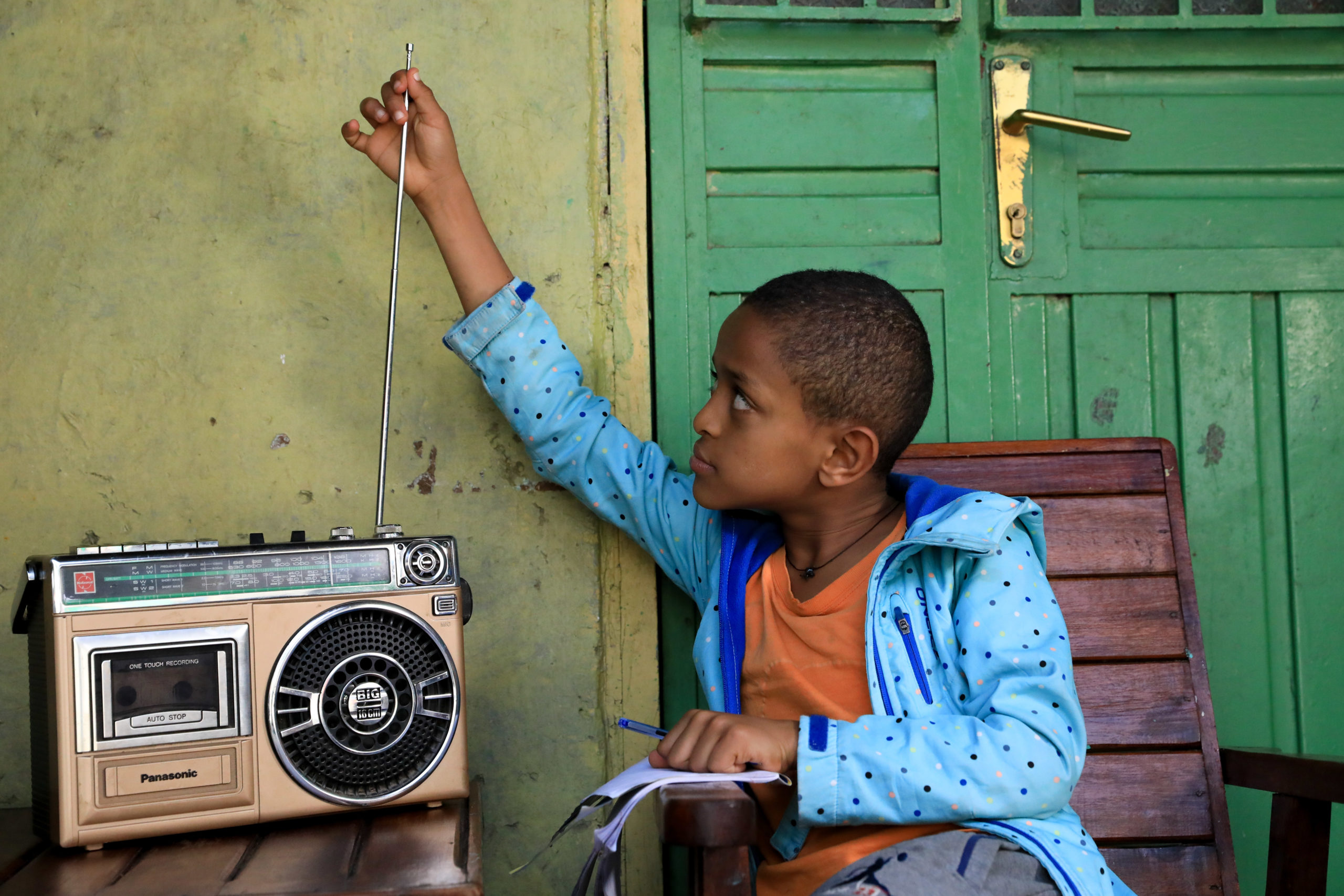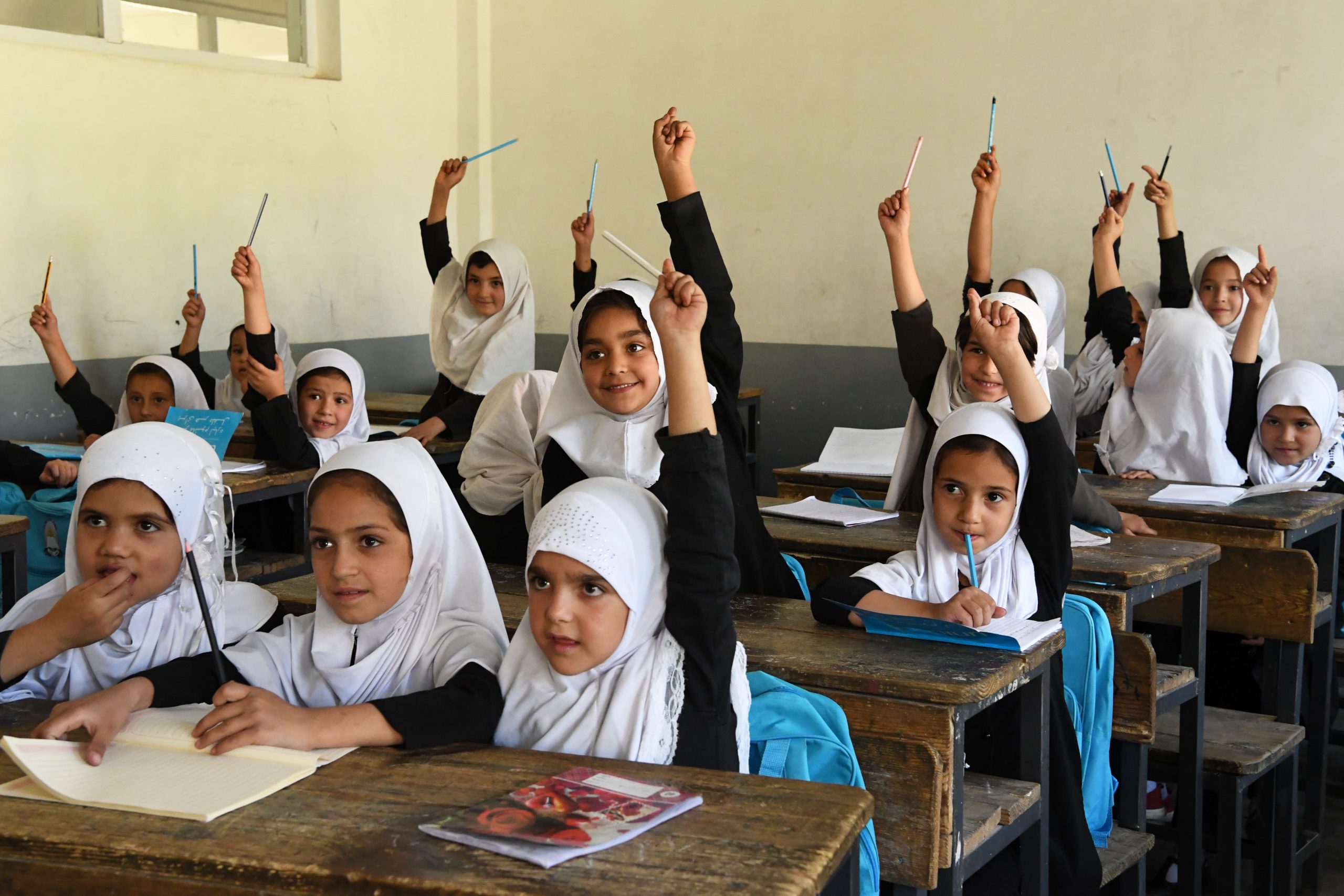How many children and young people have internet access at home?
Estimating digital connectivity during the COVID-19 pandemic

At the height of nationwide lockdowns due to the COVID-19 pandemic, up to 1.6 billion children were affected by school closures, causing the largest mass disruption of education in modern history. Yet, even before schools shuttered their doors, one in five school-age children (3 to 17 years old) was out of school, and even children in schools were not necessarily learning, with 617 million children and adolescents worldwide failing to reach minimum proficiency levels in reading and mathematics. To address these gaps, more than 90 per cent of the world’s education ministries have adopted some type of remote learning policy, and stakeholders have sought to “reimagine education” by harnessing technology.
However, 2.2 billion — or two-thirds of children and young people aged 25 years or less — do not have internet access at home, according to the How Many Children and Youth Have Internet Access at Home report, a joint effort by UNICEF and the International Telecommunication Union (ITU). Using the latest available household survey data, the report finds significant inequities between countries, regions, wealth groups and urban-rural settings. For example, only 5 per cent of children and young people in West and Central Africa have internet access at home compared to the 33 per cent global average. Differences are starker yet between rich and poor countries, with only 6 per cent of children and young people in low-income countries having internet access compared to 87 per cent in high-income countries.
Significantly expanding internet access is vital for ensuring that all children and young people are learning and acquiring the knowledge and skills they need to support a sustainable future. To this end, UNICEF has joined forces with ITU to launch Giga, an ambitious global initiative to connect every school to the internet. With the support of Generation Unlimited, UNICEF is also working under the Reimagine Education initiative, which aims to address the learning crisis and transform education by giving children and young people equal access to quality digital learning.
Access to the internet varies widely depending on country income group, the rural-urban divide as well as household wealth


